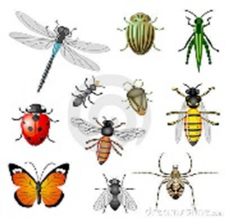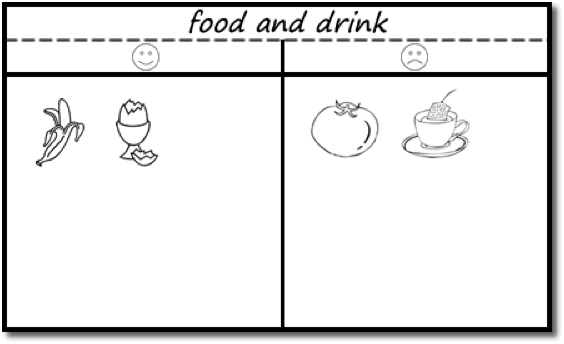Plan
| Teacher: Zharylgasova G | Date: 13/15.04.21. | ||
| Grade: 1 | Theme: Animals like … | ||
| Learning objectives(s) that this lesson is contributing to | 1.UE9 use common present simple forms [positive, negative and question] to give basic personal information 1.S5 use words in short exchanges 1.L3 recognise with support common names and names of places; recognise the spoken form of a limited range of everyday and classroom words 1.S1 make basic personal statements about people, objects and classroom routines | ||
| Lesson objectives | All learners will be able to:
Most learners will be able to:
Some learners will be able to:
| ||
| Assessment criteria | Learners have met the learning objective (1.L3) if they can: recognize and match 7-10 words of animals’ food | ||
| ICT skills | PPT, video | ||
| Procedure: | |||
| Period/Time | Teacher’s action | Student’s action | Resourses |
| Warm Up (10 min) Greet the students. | "Hello!"/"Good morning “How are you?” What is the weather like today? What date is it today? Is it spring? Do you like spring? Ask learners how many books they have already read in English or any other languages. And what kind of book they like to read and why Revision of the names of animals If you have plastic toys for the animals you can use them or you can use animal flashcards. Before the class put the toys or flashcards in a bag. Bring out the bag and peer in – make surprised noises to get the full attention of your students. Slowly, inch by inch, pull out the animals – chorus the animal name "e.g. What's this? Then chorus the animal noise (E.g. "What noise does a lion make?" "Roar!"). Pass one of the animals or animal flashcards to the nearest student. As you pass, say "(lion) (roar)". Have the students pass all the animals around the circle, all the while NOTE: be sure to teach the plural for animals ("mouse" –> "mice"). |
It's a (lion). (Lion), (Lion), (Lion)". | Flashcards Flashcards Toys |
| Play "Flashcard touch" and "The missing flashcard" game Keep the flashcards on the floor. Tell your students to sit around the flashcards on the floor (or on a table) and to put their hands up in the air. Say a flashcard (e.g. "horse") and students have to quickly touch the correct card. Play a few rounds. After that, tell your students to close and to cover their eyes. Turn over one of the cards. Say, “Open your eyes”. The students have to shout out the missing card. | | ||
| Presentation (15 min) Middle | Demonstration Teacher presents, using visuals, vocabulary relating to different types of food animals eat grass, fish, bananas, milk, leaves, birds, bugs etc. Sit everyone in a circle, put on some music, and have everyone pass all of the flashcards around the circle (in the same direction). So the music will be playing and all of your flashcards will be going around the circle. Suddenly stop the music – the students holding the flashcard must shout out the name of the food they are holding. The last person to shout out the correct word is out (and also remove their flashcard). Keep playing, with each round the last person going out. This should end with just 2 students passing two flashcards back and forth. | Children repeat the words | Cards on the board |
| Practice Controlled Practice Listening End | Introduce "Monkeys like" and " Monkeys don't like"
Put the students into pairs. Each student has a picture of animals. They are going to make sentences using the food and drink items on the board. Model with a student first, so everyone understands what to do: Teacher says "bananas" – choosing an item from the board. The student has to make a sentence (e.g. "Monkeys like bananas"). Then in pairs, students take turns in choosing a food item for their partner to make a sentence about. Students are given worksheets with pictures of food. They listen to the sentences and tick “Yes” or “No”
Feedback Students share opinions if they liked/disliked the lesson by putting their thumbs up/down and explaining the reasons using simple language | Work with the words from the text. Match the words with the pictures For example: Student A: Milk! Student B: Cats like milk! Student B: Grass! Student A: Cats don’t like grass! Encourage the use of phrases such as "Yummy", "Yuk». | PPT Song Worksheet Goodbye Song Video |

















